Proton Exchange Membrane Fuel Cell (PEMFC) CFD Simulation – Numerical Paper Validation
Proton Exchange Membrane Fuel Cell (PEMFC) CFD Simulation – Numerical Paper Validation
- Upon ordering this product, you will be provided with a geometry file, a mesh file, and an in-depth Training Video that offers a step-by-step training on the simulation process.
- For any more inquiries regarding the product, please do not hesitate to reach out to us at info@CFDLAND.com or through our online support assistant.
€205 Original price was: €205.€185Current price is: €185.
Proton Exchange Membrane Fuel Cells (PEMFCs) are one of the most promising clean energy technologies for making our power systems more sustainable. They have a high power density, can operate at low temperatures, and produce no emissions, which makes them ideal for a wide range of uses, from portable electronics to car engines. These electrochemical devices turn chemical energy directly into electrical energy using a complex set of parts, such as the membrane electrode assembly (MEA), gas diffusion layers (GDL), catalyst layers, and bipolar plates. The overall efficiency of the system depends on how well these parts work together. Our VALIDATION study carefully follows the numerical framework explained in the paper “Thermal and electrochemical performance analysis of a proton exchange membrane fuel cell under assembly pressure on gas diffusion layer [1]” by Toghyani et al using ANSYS Fluent.
- Reference [1]: Toghyani, S., et al. “Thermal and electrochemical performance analysis of a proton exchange membrane fuel cell under assembly pressure on gas diffusion layer.” International Journal of Hydrogen Energy9 (2018): 4534-4545.
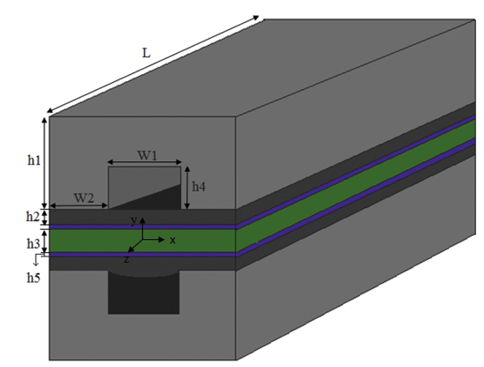
Figure 1: Computational domain of PEMFC model. [1]
Simulation Process
The validation methodology began with creating a 3D computational domain based on the geometry specifications from Toghyani et al.’s [1] paper. The model captures the essential components of a PEMFC including the membrane, catalyst layers, gas diffusion layers, and flow channels with the identical dimensional parameters described in the reference study. A structured mesh with appropriate refinement near boundaries was developed to ensure accurate resolution of the steep gradients occurring at material interfaces. The physics models implemented include a comprehensive set of conservation equations for mass, momentum, species, energy, and charge transport, coupled with electrochemical reaction kinetics. Particularly important was the implementation of the species transport model to track the concentration distributions of hydrogen, oxygen, and water vapor throughout the domain. The relative humidity at both anode and cathode inlets was carefully controlled to match the reference conditions, as water management is crucial for proper PEMFC operation.
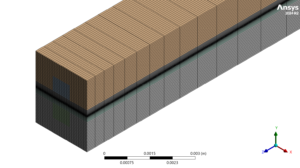
Figure 2: Structured grid for PEMFC CFD Validation study
Post-processing
The validation study demonstrates exceptional agreement between our computational model and the reference paper’s results, with nearly perfect correlation at the critical validation point. At an operating pressure of 1.5 MPa and cell voltage of 0.55V, our simulation predicted a current density of 1.4907 A/cm², showing remarkable concordance with the reference value of 1.49 A/cm² from Figure 5 of the paper. This represents a deviation of merely 0.02%, firmly establishing the accuracy of our numerical framework across the entire polarization curve.
| Operating Condition | Reference Paper | CFD Simulation | Deviation (%) |
| P = 1.5 MPa, V = 0.55V | 1.49 A/cm² | 1.4907 A/cm² | 0.02% |
The thermal, water transport, and flow field visualizations provide comprehensive validation of our PEMFC model implementation. The static temperature contour exhibits the characteristic thermal signature of an operational fuel cell with a prominent reaction zone shown by the central red-orange band (353.18 K) where exothermic electrochemical reactions generate heat. This narrow thermal gradient of only 0.21 K across the cell (352.97-353.18 K) aligns perfectly with expectations for a high-pressure operation at 1.5 MPa, where the membrane-electrode assembly experiences uniform heating—critical for preventing localized membrane dehydration and thermal degradation. Plus, the water mass fraction contour confirms proper implementation of the complex water management mechanisms, with maximum concentration appropriately located near the cathode catalyst layer where water generation occurs through oxygen reduction reaction. The distinct asymmetry between the anode (bottom, blue region at ~0.08 mass fraction) and cathode (top) sides accurately captures the essential back-diffusion phenomena through the membrane—a critical aspect of proton conductivity maintenance. Finally, the velocity magnitude contour displays textbook behavior with two distinct high-velocity regions in the flow channels (maximum 14.67 m/s) contrasting with negligible velocity in the electrode/membrane assembly, confirming proper implementation of porous media models. The higher velocities observed in the upper cathode.
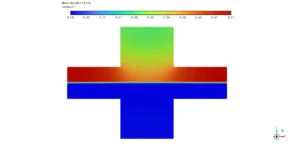
Figure 3: H2o production in PEMFC CFD Validation study – CFD Simulation
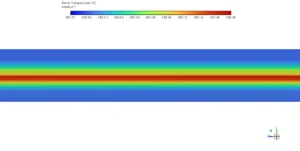
Figure 4 temperature field in PEMFC CFD Validation study – CFD Simulation
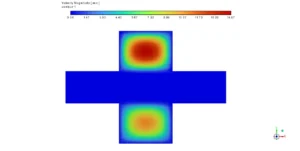
Figure 5: Velocity pattern inside PEMFC CFD Validation study – CFD Simulation – ANSYS Fluent
We pride ourselves on presenting unique products at CFDLAND. We stand out for our scientific rigor and validity. Our products are not based on guesswork or theoretical assumptions like many others. Instead, most of our products are validated using experimental or numerical data from valued scientific journals. Even if direct validation isn’t possible, we build our models and assumptions on the latest research, typically using reference articles to approximate reality.
Yes, we’ll be here . If you have trouble loading files, having technical problems, or have any questions about how to use our products, our technical support team is here to help.
You can load geometry and mesh files, as well as case and data files, using any version of ANSYS Fluent.
€220 Original price was: €220.€195Current price is: €195.

€325 Original price was: €325.€195Current price is: €195.

€280 Original price was: €280.€145Current price is: €145.

€120 Original price was: €120.€65Current price is: €65.

€245 Original price was: €245.€185Current price is: €185.

€240 Original price was: €240.€135Current price is: €135.


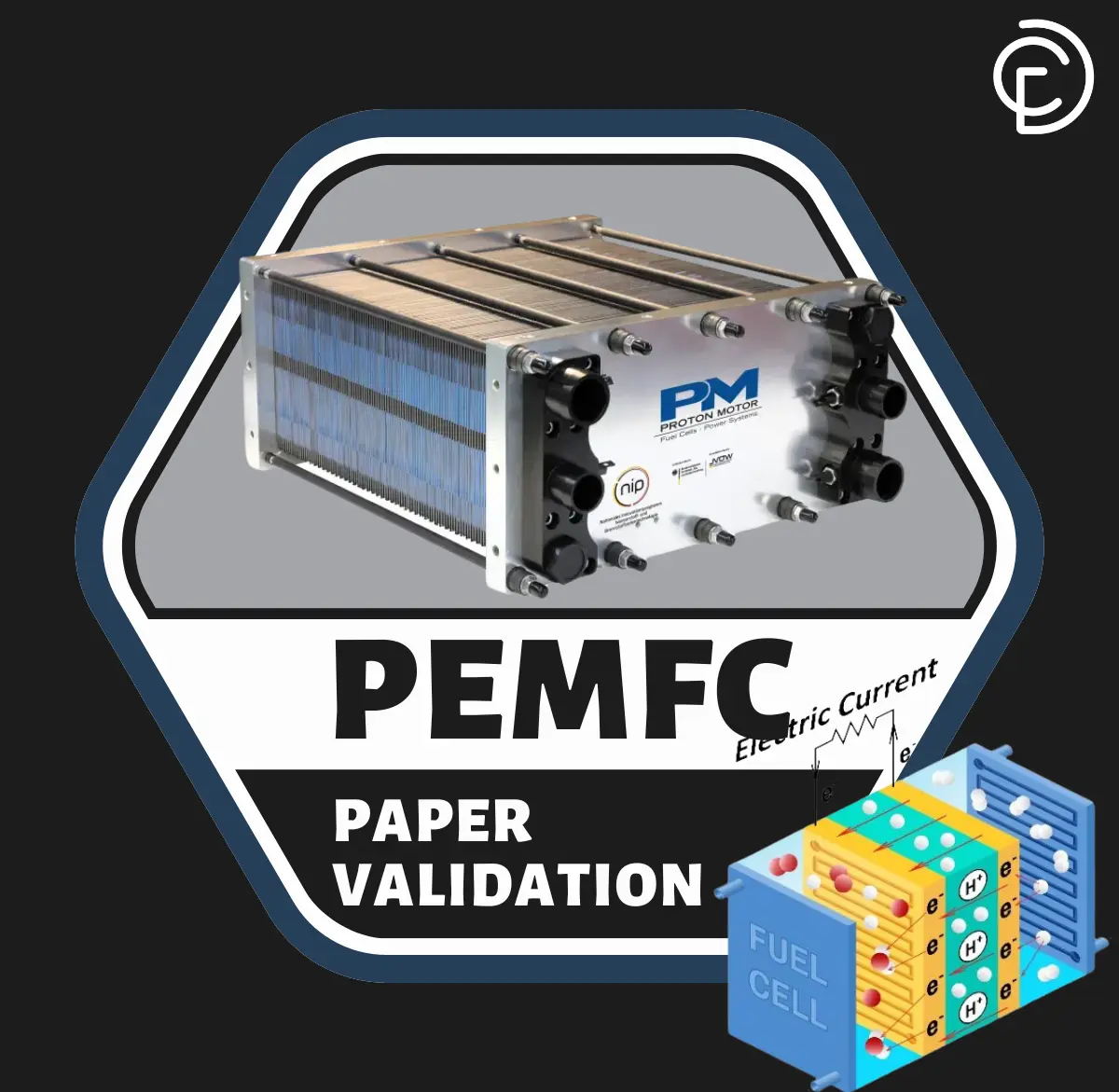
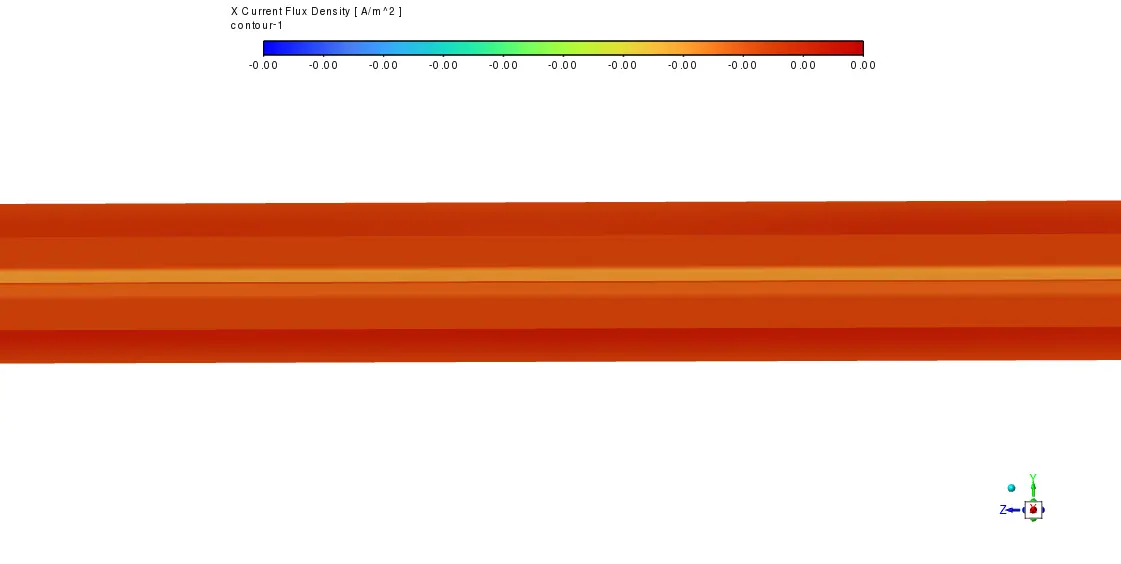
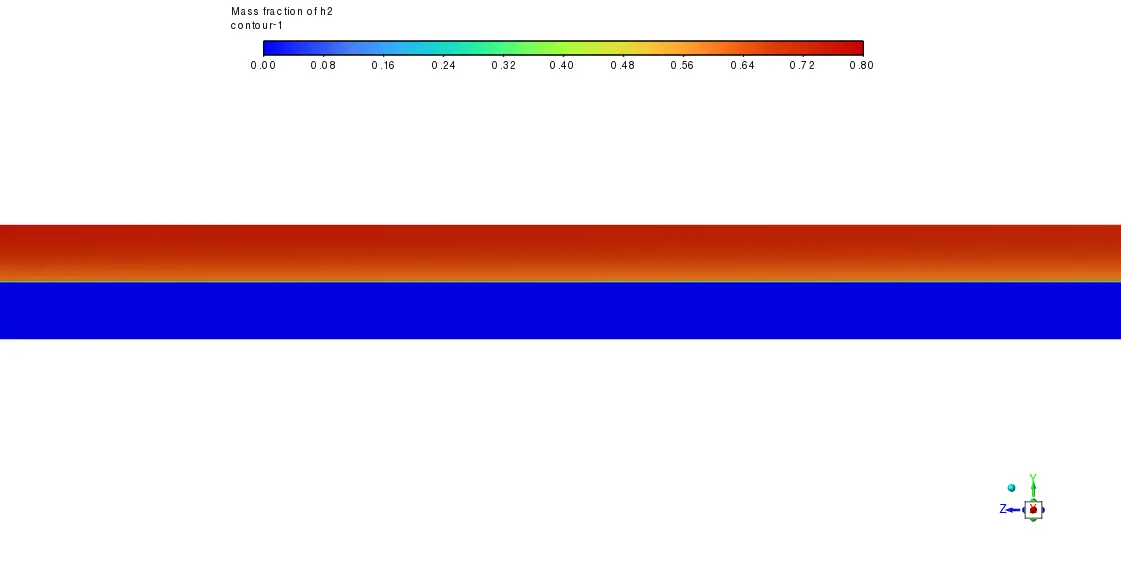
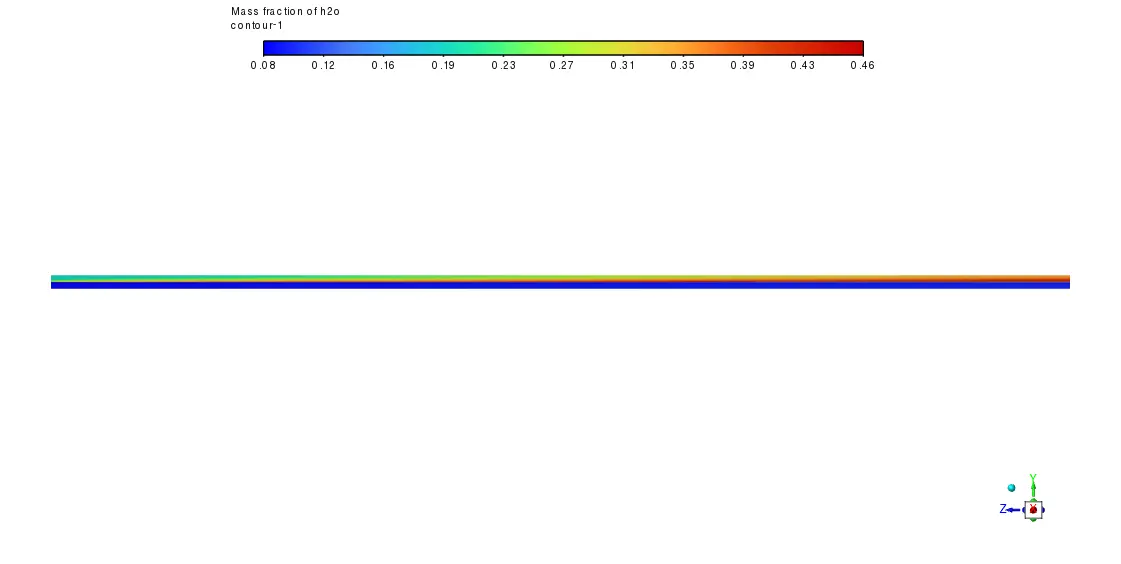
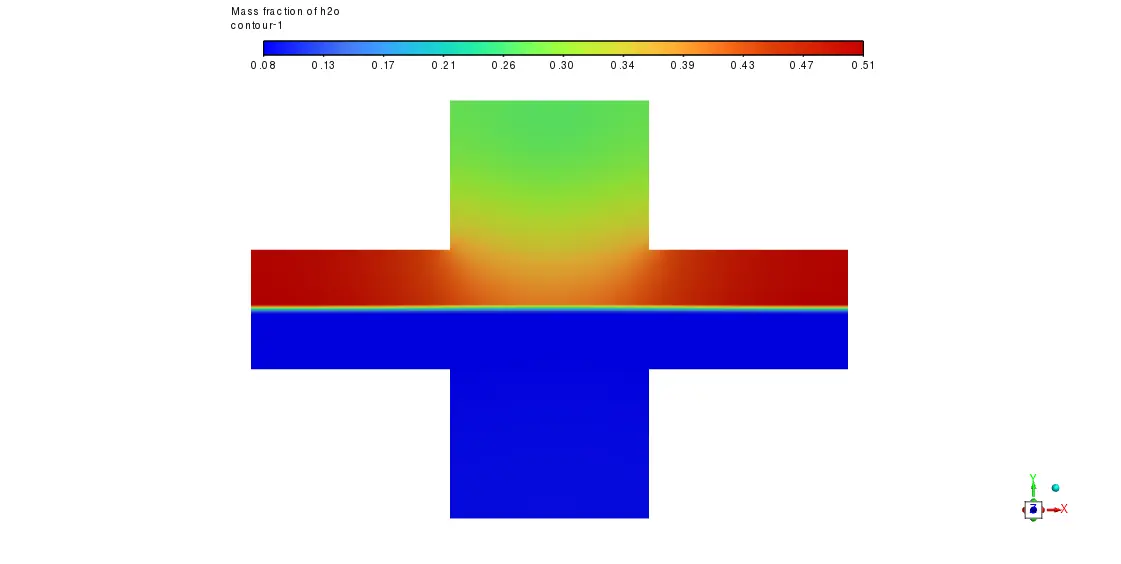
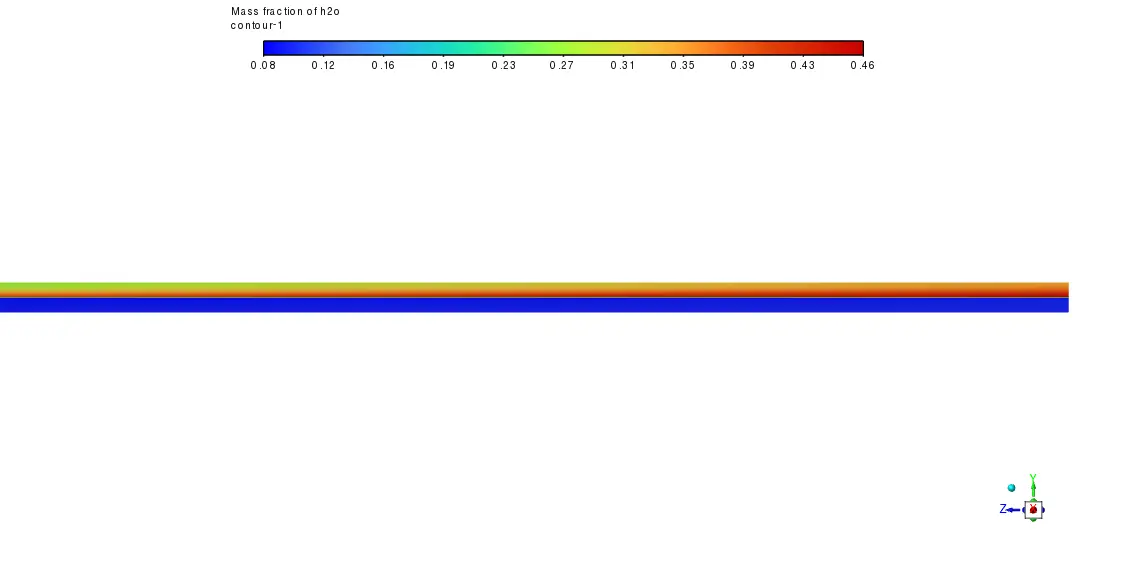
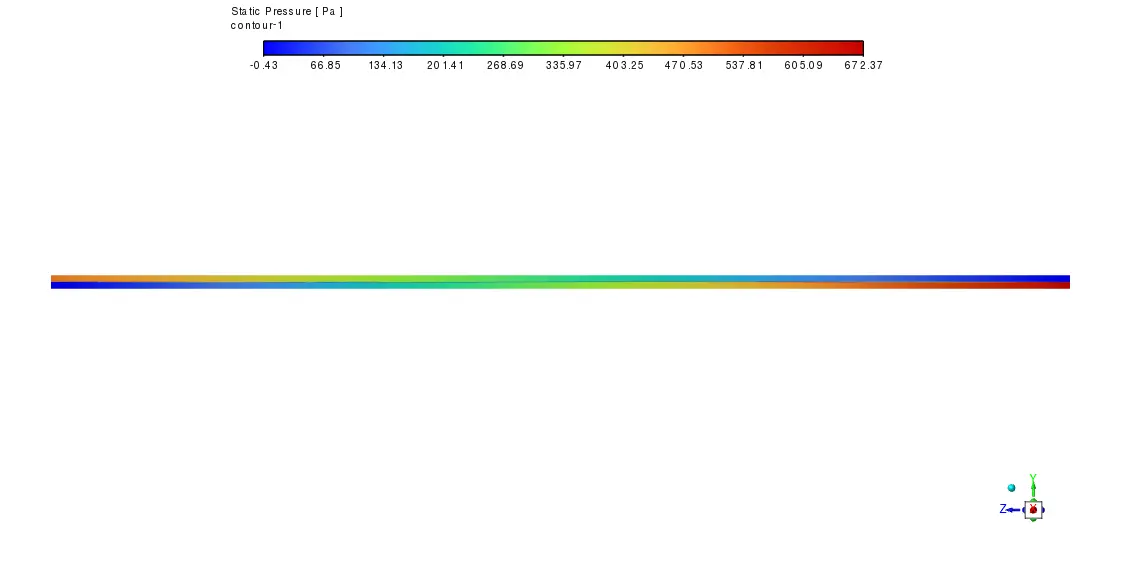
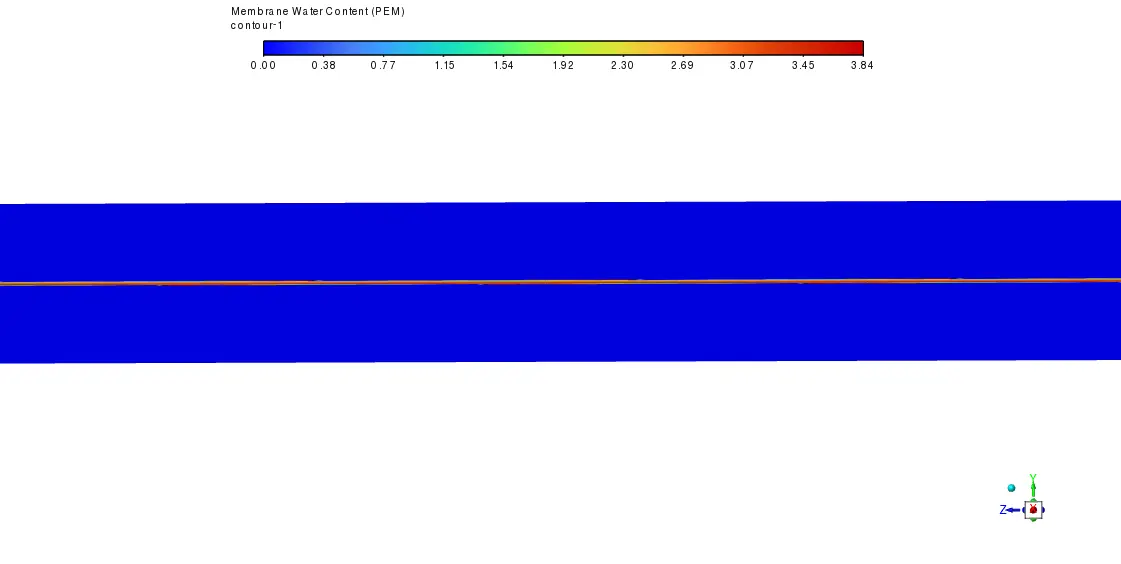
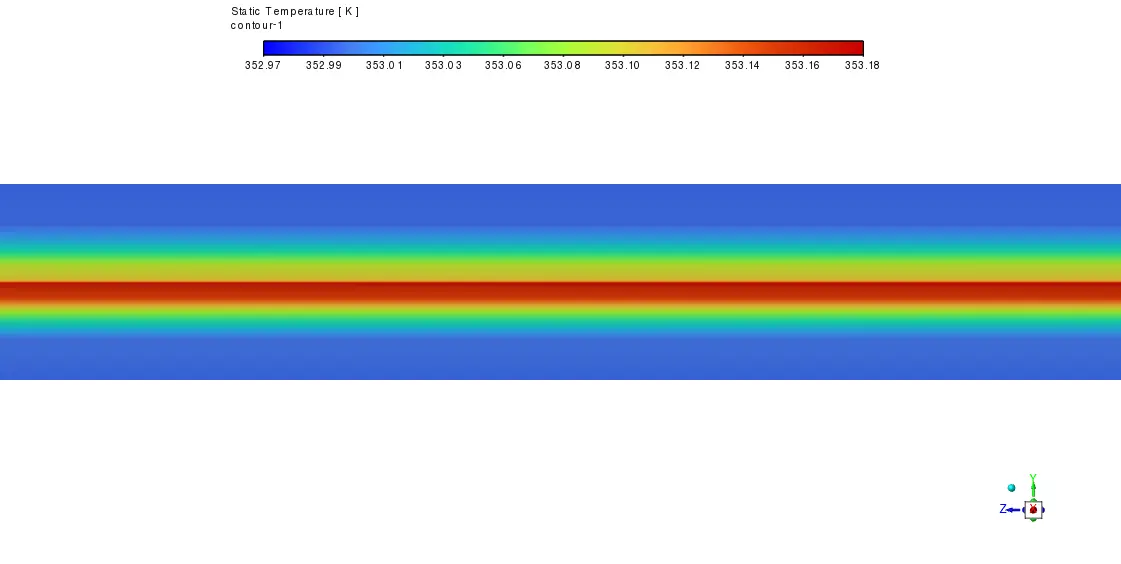
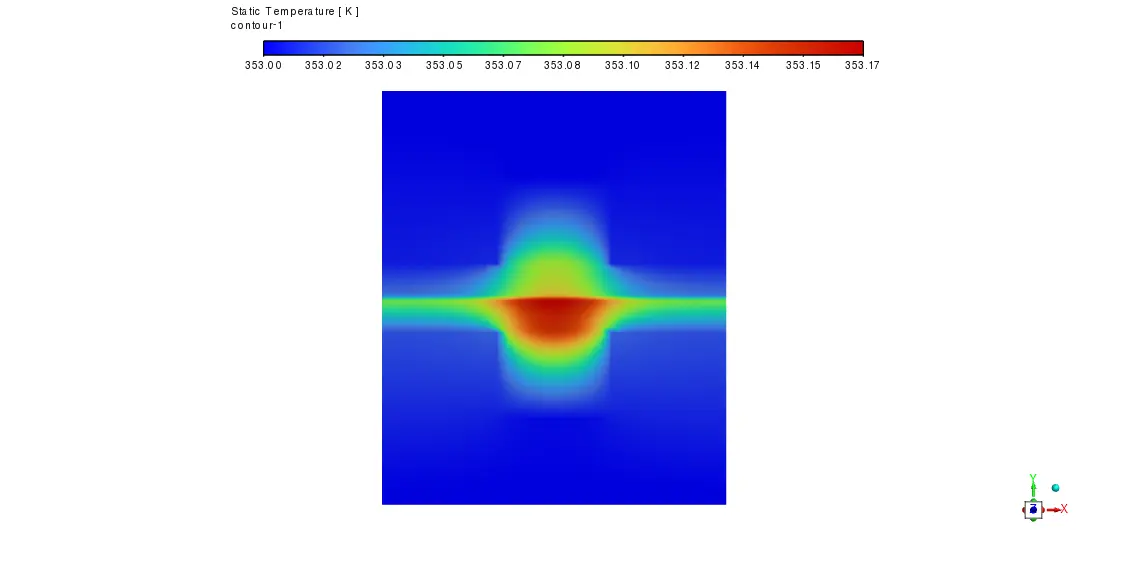







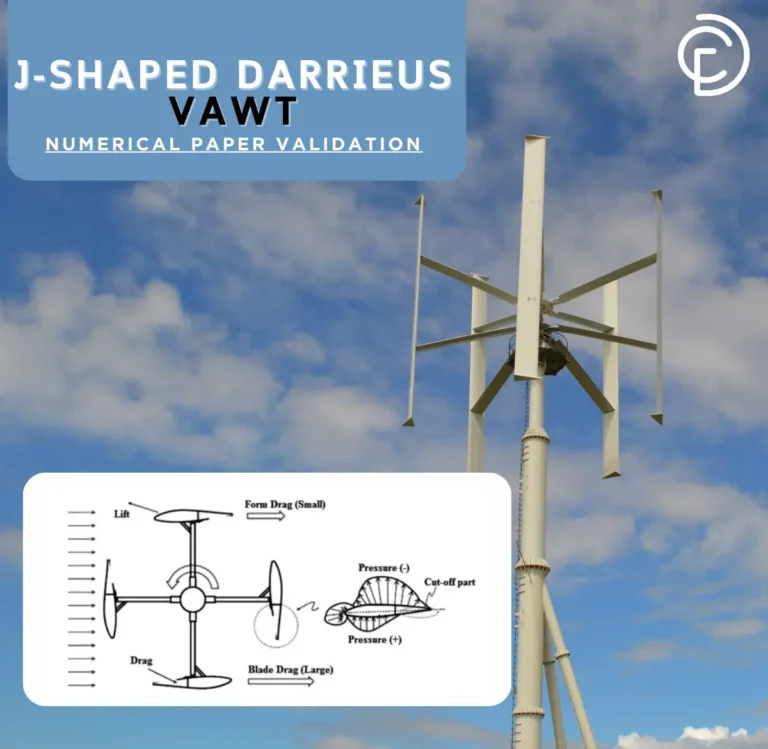
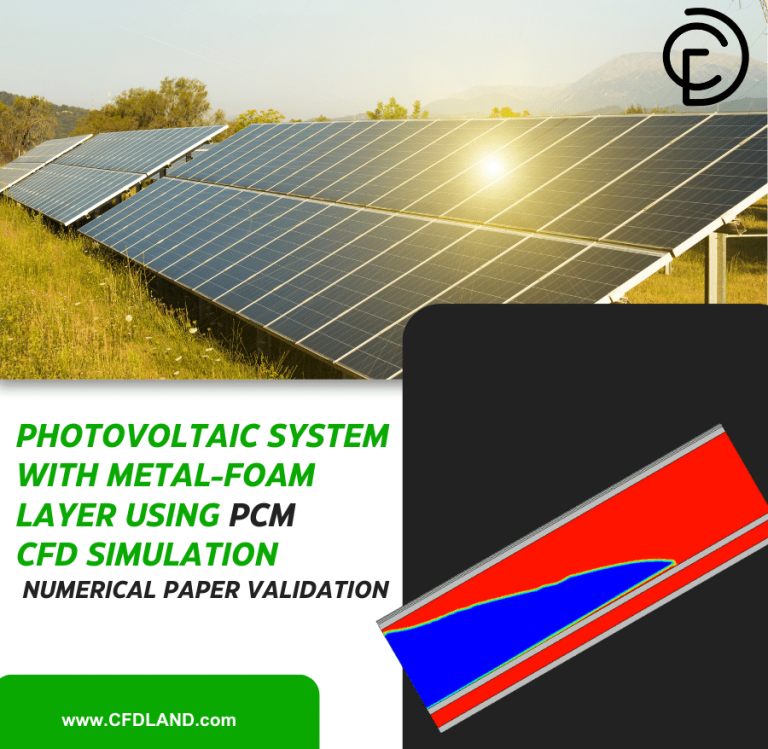


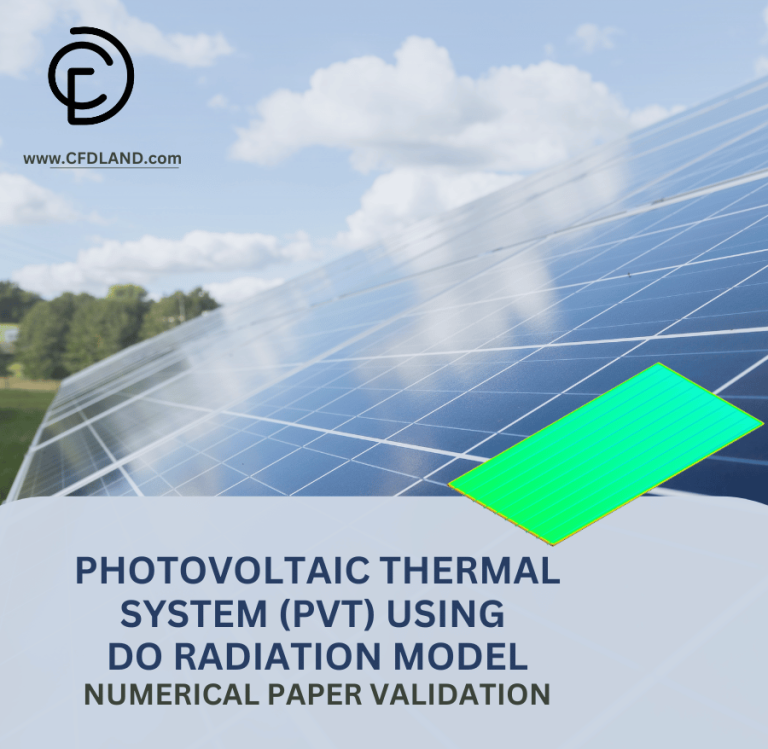
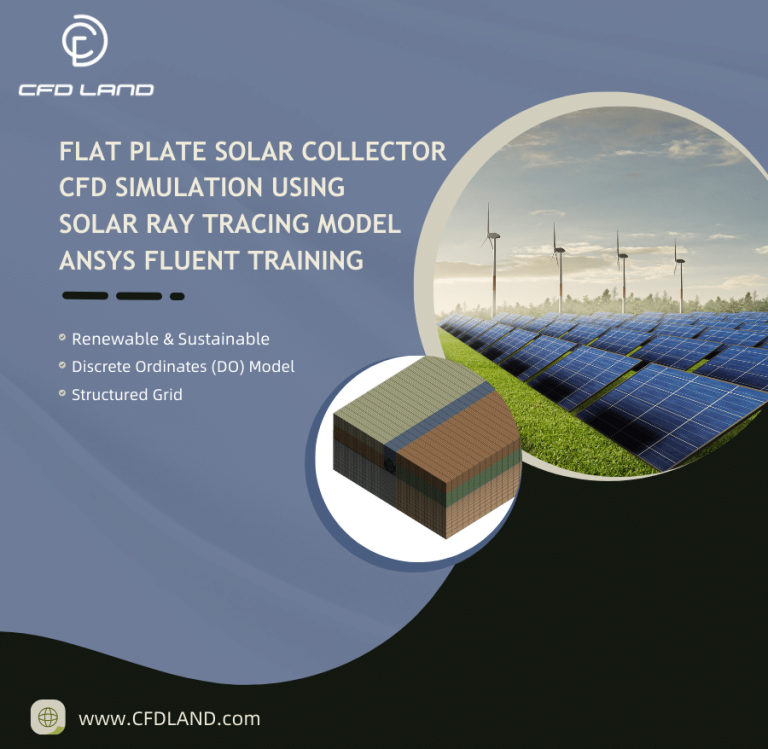
Reviews
There are no reviews yet.